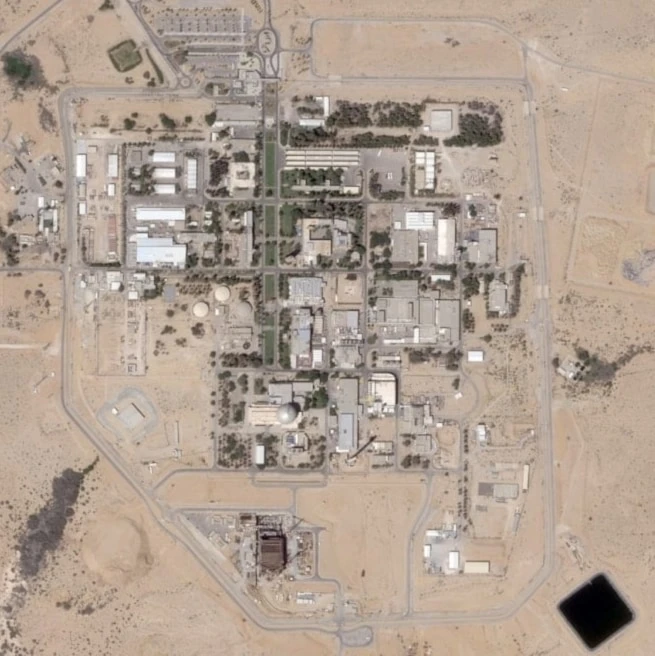India archive reveals extent of ‘colonial loot’ in royal jewelry
One 1912 report reveals how expensive items, including Charles' emerald belt, were removed from India as conquest trophies and ultimately gifted to Queen Victoria.
-

The crown carrying the Koh-i-Noor diamond lies on the coffin of Britain's Queen Elizabeth II as it is carried into Westminster Abbey, during her funeral in London Monday, Sept. 19, 2022. (AP)
Five years ago, Buckingham Palace celebrated the 70th birthday of then-Prince Charles with an exhibition of his favorite pieces from the royal collection, Britain's official repository of objects related to the monarchy. “The prince had a very, very strong hand in the selection,” the senior curator said.
Among the sculptures, paintings, and other displays was a long gold girdle encrusted with 19 huge emeralds that were formerly used to decorate the horses of an Indian maharajah. Given the violent manner through which it had arrived in the hands of the royal family, it seemed an odd choice to include in the show.
The Guardian has discovered a fascinating 46-page dossier in the archives of the India Office, the government agency responsible for Britain's sovereignty over the Indian subcontinent, as part of its Cost of the Crown series. It describes a study into the imperial origins of Elizabeth II's jewels that were supposedly commissioned by Queen Mary, Elizabeth II's grandmother.
Read next: Artifacts from Benin Kingdom in Swiss museums were likely looted
The 1912 study reveals how expensive items, including Charles' emerald belt, were removed from India as conquest trophies and ultimately gifted to Queen Victoria. The described objects are now owned by the king as British crown property.
A society diarist, Fanny Eden, and her brother George, the governor-general of the British Raj at the time, were on a tour through the Punjab region of north India in 1837, according to a journal. They paid a visit to Ranjit Singh, the maharajah of Lahore, who had signed a "treaty of friendship" with the British six years previously.
Eden wrote in her notebook that the half-blind Singh wore few if any valuable stones, but his entourage was positively drenched in them. So plentiful were the maharajah’s gems that “he puts his very finest jewels on his horses, and the splendor of their harness and housings surpasses anything you can imagine,” she wrote. Eden later confided in her journal: “If ever we are allowed to plunder this kingdom, I shall go straight to their stables.”
Koh-i-Noor diamond
Duleep Singh, Singh's youngest son, and successor, was compelled to turn over Punjab to the conquering forces of the British East India Company twelve years later. The company did indeed take the horses' emeralds, as well as Singh's most valuable stone, the famed Koh-i-Noor diamond, as part of the conquest.
The Koh-i-Noor sits today in the crown of Queen Elizabeth the Queen Mother, on display at the Tower of London, and it has become an emblem of Britain’s tortured relationship with its imperial history.
Anita Anand, a journalist and historian who co-wrote the book Koh-i-Noor on the Diamond described it as "a beautiful and cold reminder of British supremacy during the Raj," the period when India was ruled by the crown from 1858 to 1947.
Read next: New York Met museum to repatriate 15 looted artifacts to India
“Its facets reflect the fate of a boy king who was separated from his mother,” Anand said. The stone too was “taken far away from his home, recut and diminished”.
“That is not how India sees itself today.”
Buckingham Palace is well aware of the concerns raised by plundered artifacts. After the Indian government stated that Camilla, the Queen Consort, would be evoking "painful memories of the colonial past" if she wore the Koh-i-Noor at Charles' coronation, the palace declared she would swap it for a less problematic diamond.
As was discovered by Queen Mary, the Koh-i-Noor was not the only gem taken from Singh’s treasury to have found its way to the British monarchy.
Royal with a pearl necklace
Among the jewels mentioned in The Guardian's document is a "short necklace of four very large spinel rubies," the largest of which is a 325.5-carat spinel known as the Timur ruby.
Its famed moniker is incorrect: according to research conducted by researcher Susan Stronge in 1996, it was most likely never possessed by Timur, a Mongol conqueror. And it's a spinel, a red stone that looks like ruby but is chemically different.
In the 1969 BBC program Royal Family, Elizabeth II was shown handling it and was well aware of the tales around it. "Of course, the history is fascinating. "It belonged to so many Persia kings and Mughal emperors until Queen Victoria sent it from India," she noted.
The item was never seen on the queen. She may have worn another of the Lahore riches, described as "a pearl necklace consisting of 224 large pearls" in the India Office report.
The former undersecretary at the United Nations, Shashi Tharoor, and current MP in India, said: “We have finally entered an era where colonial loot and pillage is being recognized for what it really was, rather than being dressed up as the incidental spoils of some noble ‘civilizing mission’.
“As we are seeing increasingly, the return of stolen property is always a good thing. Generations to come will wonder why it took civilized nations so long to do the right thing.”
Read next: Looted, destroyed, or damaged: UNESCO visits Iraqi cultural wealth

 5 Min Read
5 Min Read










